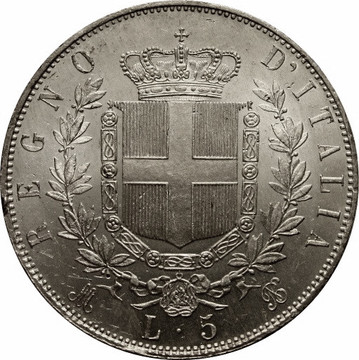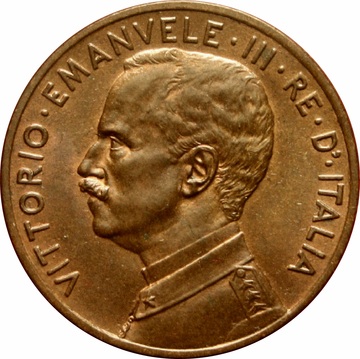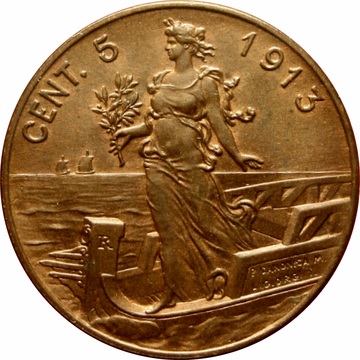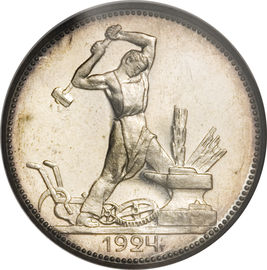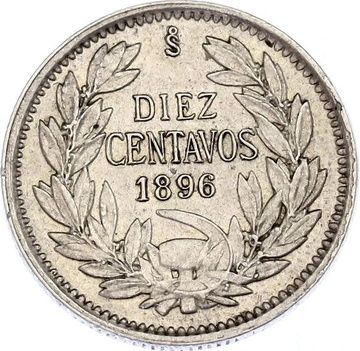Not everybody knows that during the revolutionary period of 1848 (actually a bit later, in 1849) there existed a republic in central Italy.
I'm speaking about the second Roman republic, the second attempt in living memory to enstablish a democracy in Rome, the first being in 1798-1799, during the Campaign of Italy by the French Republic.
This attempt was short-lived, and ultimately perished after Napoleon III (grandson of Napoleone Bonaparte, the man that helped to enstablish the first Roman Republic, funny enough) besieged Rome and ultimately forced the revolutionary government to surrender.
The impressive part of all of this is that, before the French siege, many armies tried to extinguish the revolution and, spoiler, they all failed. The Roman Republic was attacked by:
-The Austro-Hungarian Army, lead by general Radetsky, the same man who defeated the Piedmontese (later Italian) in 1849, leading to the abdicaton of then king Carlo Alberto di Savoia, in favor of his son, Vittorio Emanuele II, who became, in 1861, the first king of Italy.
-A first French invasion, 7.000 men strong
-The army of the kingdom of Two Sicilies, fighting to re-instate Pope Pius IX on the throne (he was an exile in the kingdom)
-Spain, minor invasion. they had a ship near Civitavecchia (port near Rome)
All these invasions listed here failed.
The Roman Army was led by:
-General Durando, a revolutionary that (in the eternal contradictory spirit of the Italian Risorgimento) also fought for the Italian Kingdom against Austria-Hungary in the Third Indipendence War (known in the rest of the world as "Austro-Prussian War)
-Giuseppe Garibaldi, same as above, he was a republican and fought for the Roman Republic (and many other revolutions around the whole world, starting in South America) but, after making his considerations, fought for an united Italy under the Savoia dynasty, conquering the kingdom of Two Sicilies a decade after defending against it as a general of the Roman Republic.
Pictured is a 3 Baiocchi coin from the Republic, needless to say (but always better to remember) the Fascies Lictor and the Eagle weren't associated with Fascism at the time, as it would be born exactly 70 years later, in 1919, instead they were associated with the even older Roman Repblic, the Republic of Furius Camillus, Iulius Caesar and other notable figures.
I could write paragraphs about 1848, the Risorgimento and the Roman Republic, but frankly, it's an immense topic. Linked under this post there's the wikipedia page of the Roman Republic and other intersting pages.
A "Baiocco" is worth 0.01 "Scudo", so we could say this is a 3 Scudo cent coin.
It's a Copper coin, Weighing 25 Grams, about 0.2485 cheeseburgers.
The mint details are as follows (thanks to Numista):

A 3 baiocchi coin can be found for 25-50€ in Italy depending on conditions, certified ones go for around 90€.
For more info:
https://en.wikipedia.org/wiki/Roman_Republic_(1849%E2%80%931850)
https://en.wikipedia.org/wiki/Roman_Republic_(1798%E2%80%931799)
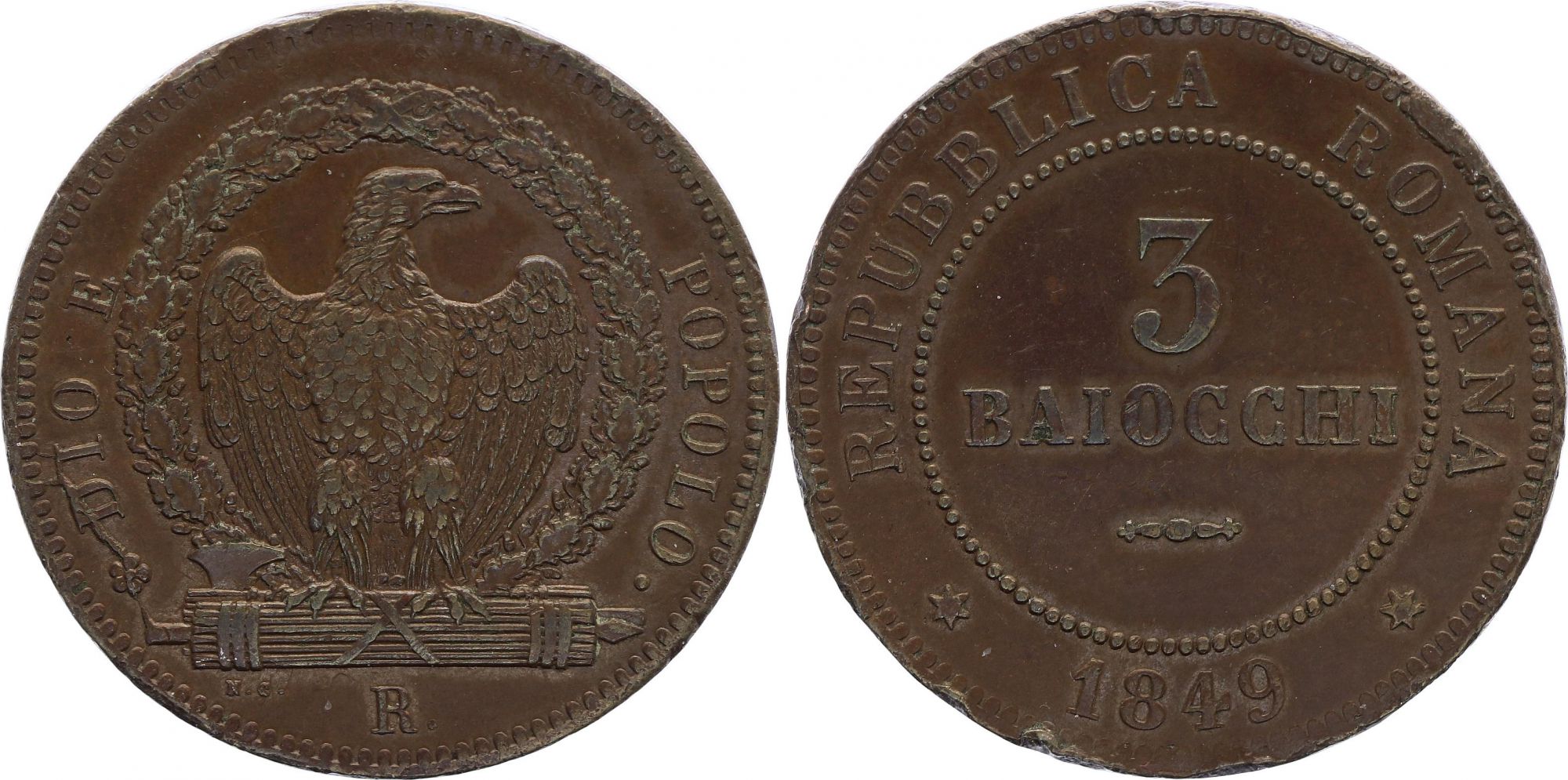
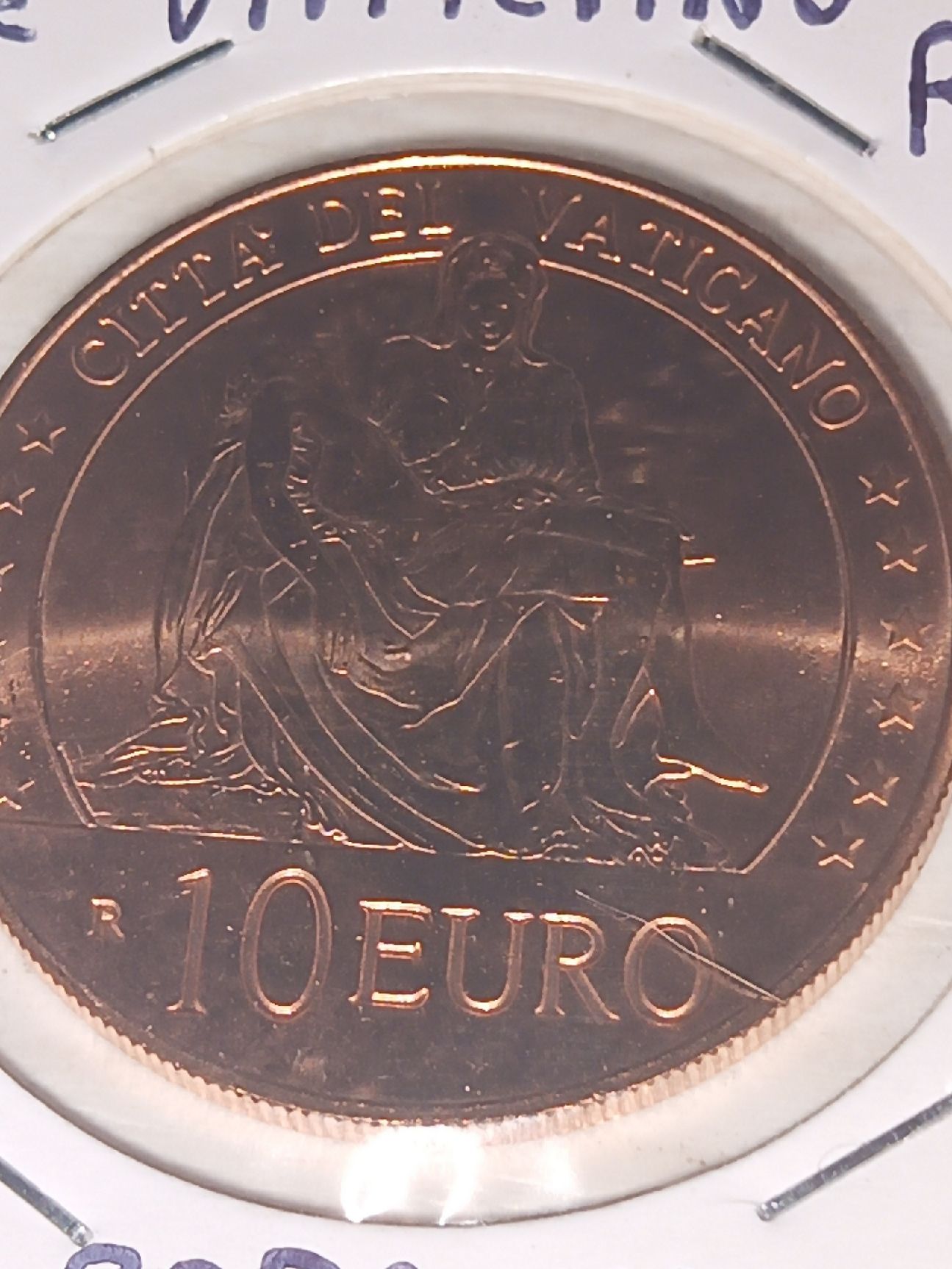
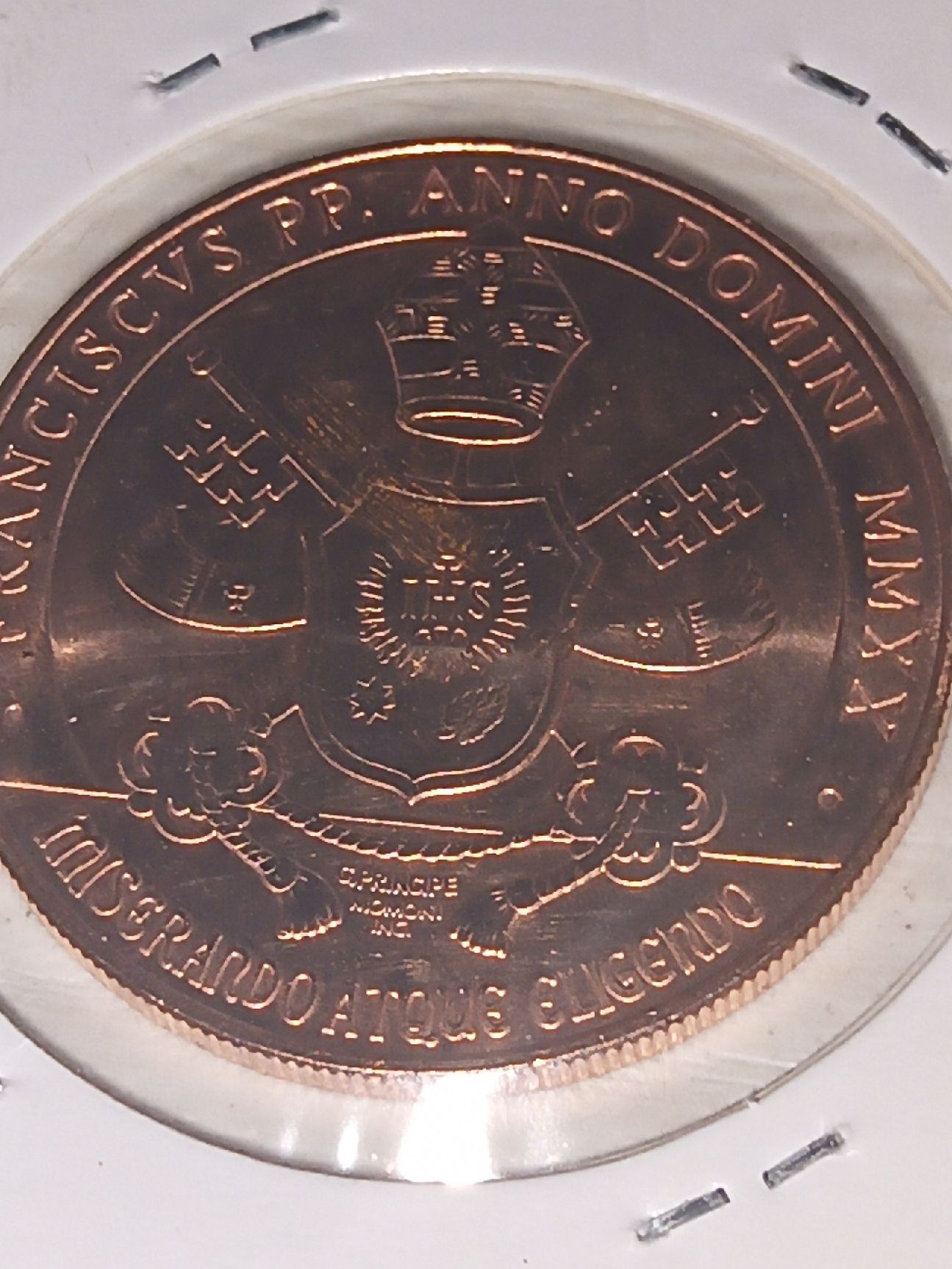
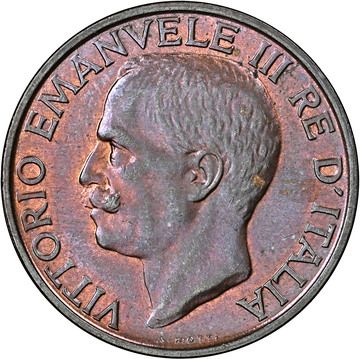
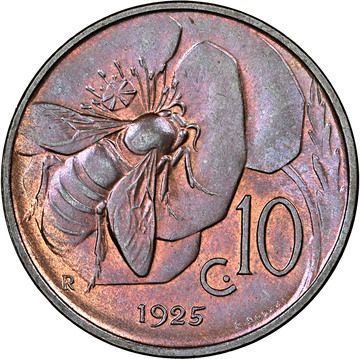
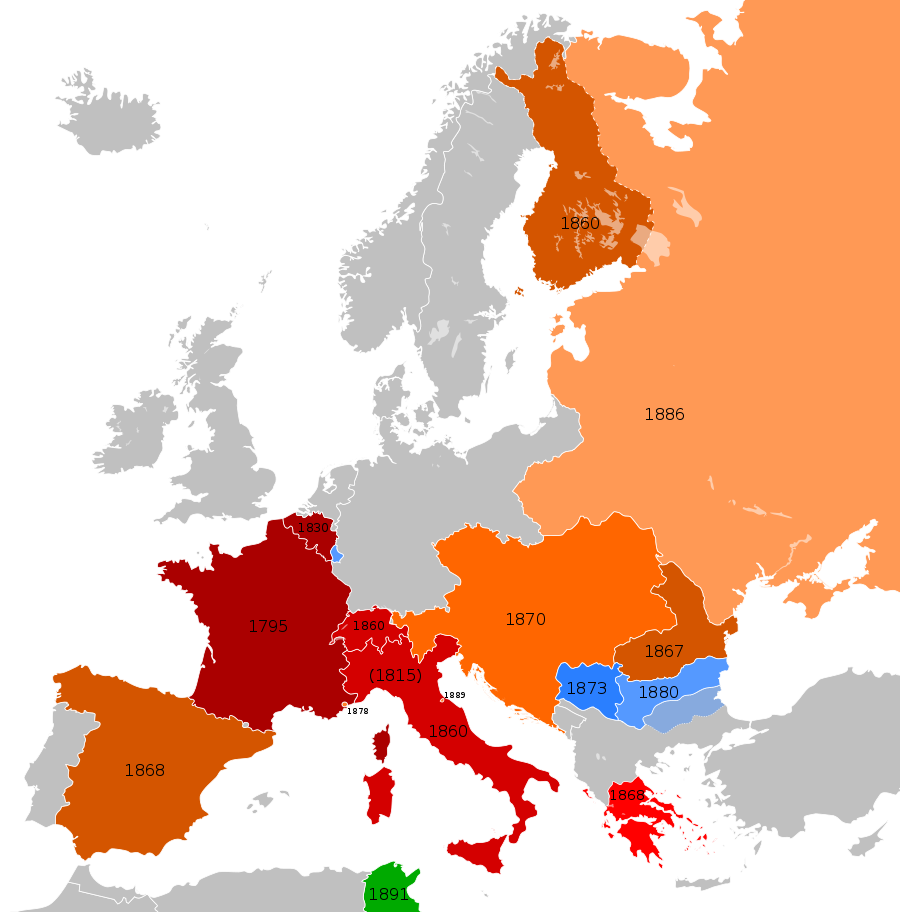 Courtesy of Wikipedia
Courtesy of Wikipedia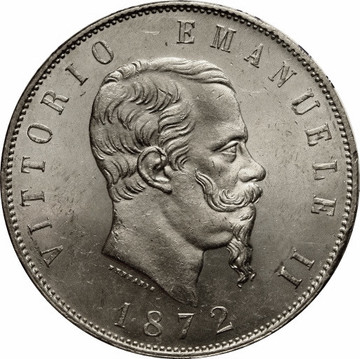 And this is the front of the coin, courtesy of numista.
And this is the front of the coin, courtesy of numista.